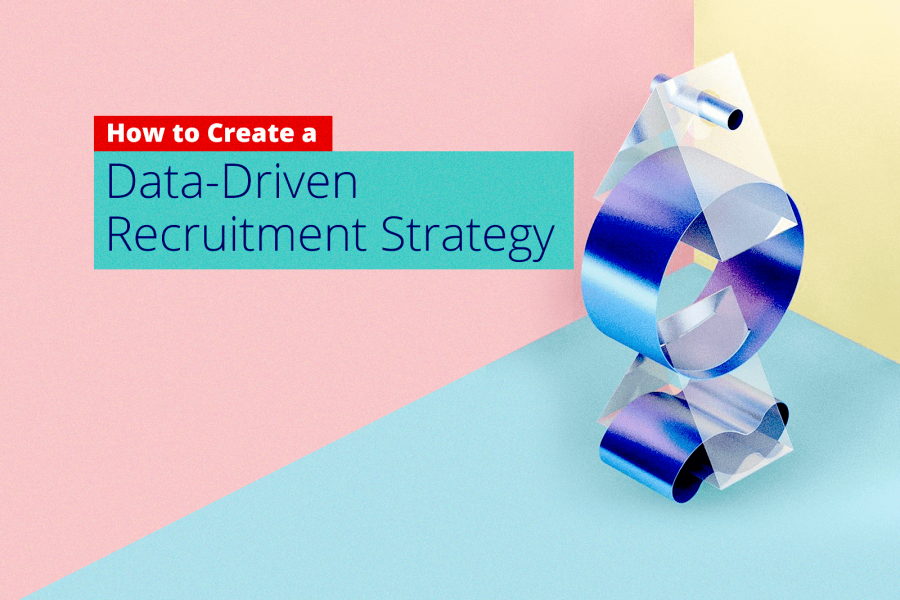
In the mid to late 1990s, the internet disrupted recruitment and transformed it for the better. This was when online job portals like Indeed and Monster came into existence.
This new approach enabled candidates to apply for jobs easily while providing enterprises access to a large pool of skilled candidates. More than two decades later, nothing much has changed except for the fact that this new medium of communication and recruitment has generated a massive amount of data.
What’s more, data continues to be generated every day during the recruitment process (like the application procedure, screening, communication or review) and this has presented organizations with an opportunity to implement data-driven strategies that can be tested, measured, and continuously improved.
At the same time, it’s important to understand the limitations of data and analytics. This means that while businesses try to automate the screening processes, there is also a chance of making a bad hire or missing out on a great one.
This is because the résumé, qualifications, and prior work experience alone have little to no impact on how the candidate will perform once hired. So embracing a data-driven approach should be focused on figuring out the most effective indicators of a candidate’s success at your company.
How do you make the switch to data-driven recruitment?
To enable data-driven decisions, everything has to be logged in. This is because if your data is incomplete, then you end up with an incomplete picture of the potential candidate.
As a result, any decision you make with incomplete data is going to be inaccurate more often than not. So enterprises must strive to build a platform where all interactions from communications to various touch points are logged into the system.
This approach also enables the creation of a holistic view of the whole recruitment process. This can be achieved through technologies that enable a two-way synch with company email systems.
As a result, you don’t have to spend a bunch of hours logging in all the data as we now have the ability to capture emails, SMS, calls, internal communications, and calendar invites automatically.
When you get this part right, you can engage in data analytics to improve your recruiting efforts by enhancing efficiency while lowering hiring costs.
Implement scorecards and measure hiring speed
During the screening process, it’s important to have a scorecard that corresponds to each candidate at every stage of the activity. These should be marked objectively against each relevant skill and a binary decision should be made at each stage.
Skills should be rated on an objective five to ten point scale while detailed notes for each stage should also be maintained to provide an in-depth view. Furthermore, you can also calibrate the ratings provided by every interviewer to eliminate interviewer bias.
To identify bottlenecks in your recruitment process, you have to start measuring your hiring speed. This approach will also enable you to forecast talent supply.
During this stage of the recruitment process, the number of days a prospect spends in one stage for a job can be calculated across all candidates. When you identify where most candidates get stagnant, you have an opportunity to allocate more resources to expedite the process.
When engaging in data-driven recruitment, you also have an opportunity to identify the quality of your sourcing candidates across channels. The quality of your sources can be measured by the number of candidates and the quality of candidates provided by each source. This information will help businesses increase efficiency while reducing the cost per hire.
All of this will ultimately lead to a highly structured interview which will include leading indicators of the prospect’s success in the interview. It’s important for the interview to be structured because that’s the only way to generate valuable data which can lead to key insights.
Finally, to see if your data-driven recruitment model worked, you can combine the recruitment data with actual performance data to identify what characteristics are shared by high performers during the recruitment process
Once you have developed a robust data-driven recruitment strategy, the next step will be to add artificial intelligence (AI) and machine learning (ML) into the mix and take it to the next level.
Are you looking to outsource your next project to a software and mobile app development provider like Digi117? Click HERE to get in touch with one of our in-house experts!









